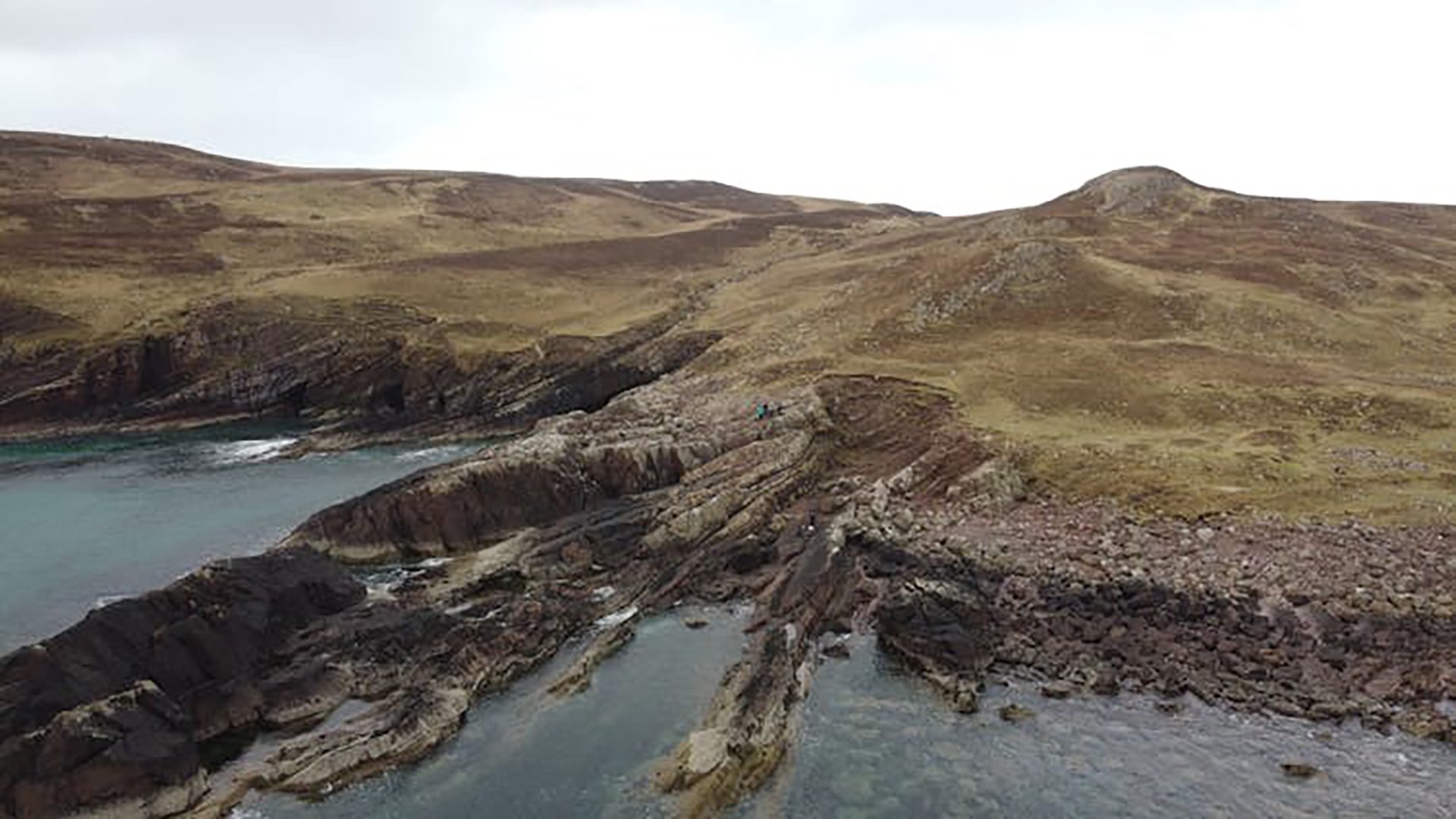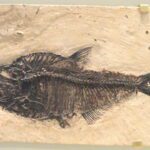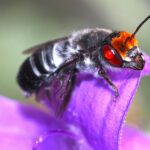New Curtin University research has revealed that a massive meteorite struck northwestern Scotland about 200 million years later than previously thought, in a discovery that not only rewrites Scotland’s geological history but alters our understanding of the evolution of non-marine life on Earth.
Previously believed to have occurred 1.2 billion years ago, the impact created the Stac Fada Member, a layer of rock that holds vital clues to Earth’s ancient past, including how meteorite strikes may have influenced the planet’s environment and life.
Lead author Professor Chris Kirkland, from Curtin’s Frontier Institute for Geoscience Solutions within the School of Earth and Planetary Sciences, said the research team used tiny zircon crystals as geological ‘time capsules’ to date the impact to 990 million years ago.
“These microscopic crystals recorded the exact moment of impact, with some even transforming into an incredibly rare mineral called reidite, which only forms under extreme pressures,” Professor Kirkland said.
“This provided undeniable proof that a meteorite strike caused the Stac Fada deposit.
“When a meteorite hits, it partially resets the atomic clocks inside the zircon crystals and these ‘broken timepieces’ are often unable to be dated but we developed a model to reconstruct when the disturbance occurred, confirming the impact at 990 million years ago.”
Professor Kirkland said this impact event occurred at a similar time to the emergence of some of the earliest freshwater eukaryotes, which are the ancient ancestors of plants, animals and fungi.
“The revised dating suggests these life forms in Scotland appeared at a similar time to a meteorite impact,” Professor Kirkland said.
“This raises fascinating questions about whether large impacts may have influenced environmental conditions in ways that affected early ecosystems.
“While the impact crater itself has yet to be found, this study has collected further clues that could finally reveal its location.
“Understanding when meteorite impacts occurred helps us explore their potential influence on Earth’s environment and the expansion of life beyond the oceans.”
The research was done in collaboration with NASA Johnson Space Center, University of St. Andrews, University of Portsmouth, and Carl Zeiss Microscopy Ltd.
The paper, ‘A one-billion-year-1 old Scottish meteorite impact,’ has been published in Geologyand is available online here: https://doi.org/10.1130/G53121.1



